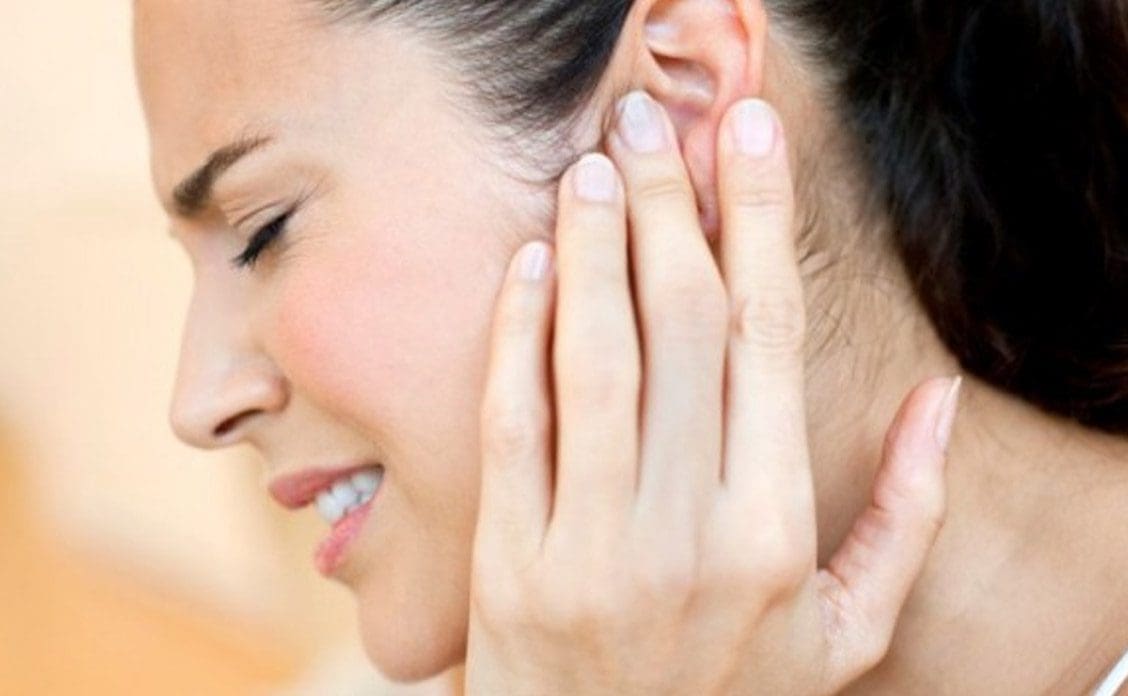“I need a hearing test- STAT”
Take home nugget!
If you go deaf in one ear, ‘hum’ to yourself. If you hear the humming louder in your deaf ear, that a good sign. If you hear the humming louder in your good ear, tell your GP that you think you may have sudden onset sensorineural hearing loss. If they can’t see you the same day, take yourself to A&E and tell them the same thing.
Sudden onset sensorineural hearing loss or SSNHL describes the situation when a person suddenly loses their hearing due to a problem in the inner ear. There may also be accompanying tinnitus (noises in the head or ear) and/or dizziness but not in every case.
The incidence rate of SSNHL is cited as being between 5-20 per 100,000 people in a Western population but can make up around 1.5-2% of the clients visiting an ENT & Audiology clinic. This suggests that it is a reasonably uncommon condition in the general population but makes up a fairly high number of cases in a specialist clinic. i.e. SSNHL doesn’t go away by itself or with the help of primary care and General Practice in significant enough numbers.
With that said, SSNHL can recover spontaneously without any treatment in 45-65% of cases, but there are treatment options that can improve the chance of a full or partial recovery and the sooner that treatment is started, the better the prognosis. SSNHL is considered an emergency because early treatment improves the chance of recovery, but the window of opportunity is exceedingly small. Starting treatment within a week of onset gives the best chance of recovery. If the treatment is not started on time, it could lead to permanent hearing loss and one may have to rely on the help of hearing aids like Costco hearing aids and similar others.
What can muddy the waters is that a temporary blockage in the ear canal, such as you might experience from an ear-wax build up have no long term implications but can present with similar symptoms. A simple tuning fork test can give your GP incredibly valuable information to help differentiate SSNHL from conductive hearing losses (such as ear-wax, middle ear infections, glue ear). It takes a few seconds to do and tuning forks are incredibly cheap.
It is important to arrange an urgent hearing test with an audiologist to confirm SSNHL and get a baseline. Treatment usually starts with oral steroids with a repeat hearing test a week later. An Otologist or ENT specialist might also suggest injecting steroids through the eardrum to bring the treatment closer to the effected organ of hearing or cochlea.
I’ll also often recommend that clients book in for hyperbaric oxygen therapy too. It has been shown to be helpful in improving outcomes in SSNHL, it’s not invasive and there’s a centre called CHARMS that offers it locally and cheaply for our Essex based clients.
Bedside check list of SSNHL vs. Conductive hearing loss.
| SSNHL | Conductive hearing loss (e.g. ear-wax) |
Weber tuning fork test heard in good ear. ‘Humming’ to yourself will usually be heard loudest in the good ear. Any tinnitus caused will tend to be a high pitched tone. Can result in permanent hearing loss. | Weber tuning fork test heard in bad ear. ‘Humming’ to yourself will normally be heard loudest in the bad ear. Any tinnitus caused will tend to be rumbling or rushing. |


